Even after decades of excavations and studying ancient civilizations, much about them remains a mystery. Long before the rise of the Inca Empire, the Moche civilization thrived in Pañamarca, between 500 and 800 CE. This ancient society, located in what is now Peru, continues to provide valuable insights into pre-Incan history. In a recent excavation, archaeologists discovered an ornate throne, offering new evidence that women held positions of power in Moche society. This exciting find adds to the growing understanding of Peruvian history, shedding light on the complex social structures of this ancient civilization.
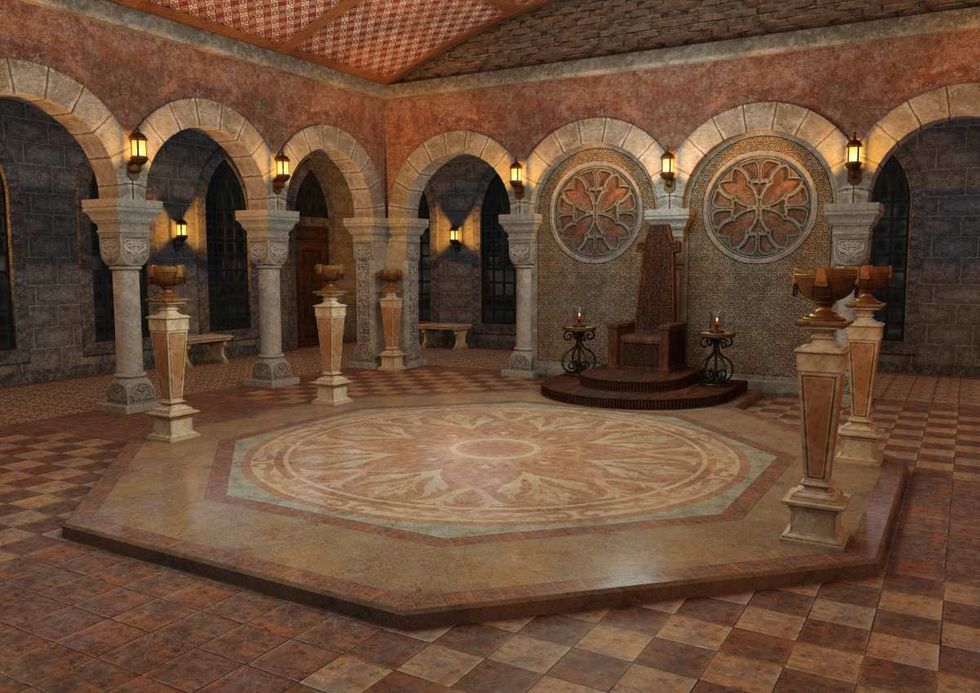
This discovery challenges the long-standing belief that only men held positions of power in ancient times, as noted in a Pañamarca Digital press release. According to The Smithsonian, Peruvian and American researchers involved in the Archaeological Landscapes of Pañamarca research program have been investigating the ancient Moche site since 2018. Previous excavations revealed stunning, vibrant wall paintings illustrating priests, warriors in processions, supernatural battles, and ceremonial activities involving human captives. However, the recent discovery of a full-fledged throne room, potentially belonging to a powerful female ruler, marks a groundbreaking find. This is the first time evidence has pointed to a woman occupying such a prominent role in Moche society, further expanding our understanding of their complex social dynamics.
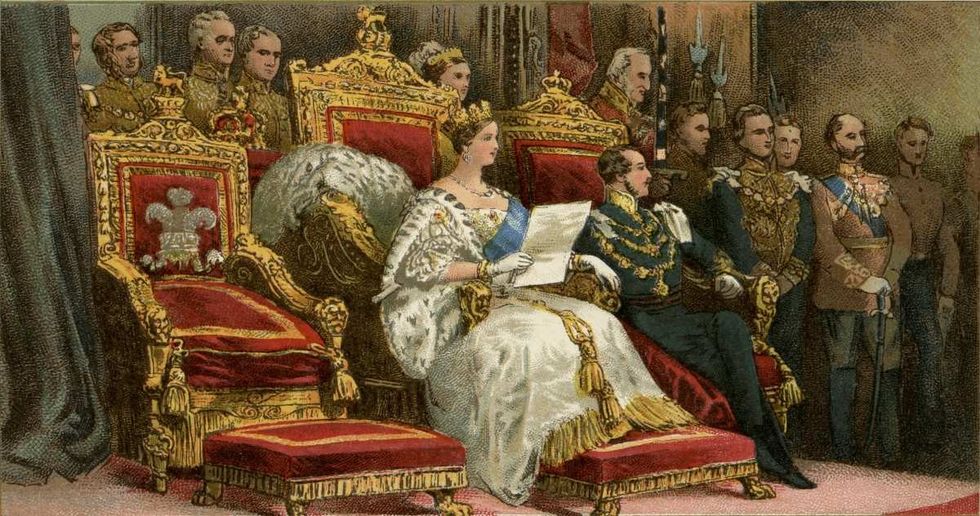
The 1,300-year-old throne room was discovered in what project director Jessica Ortiz Zevallos has named the “Hall of the Moche Imaginary.” Like other rooms, this room too is decorated with vibrant paintings that portray scenes of a woman seated on a similar throne receiving visitors, as well as images of a crown, the crescent moon, sea creatures, and a weaving workshop. This is unlike anything seen before anywhere in Peru. Plus, the recovery of greenstone beads, fine threads, and even human hair confirmed that the throne was occupied by a living person.
“There are several things that are very important regarding this wonderful discovery,” Gabriela Cervantes Quequezana, an archaeologist who isn't involved in the excavation, told The New York Times. “We’ve seen other representations of women in tombs, but not in the depth and complexity in the discoveries in Pañamarca." "Pañamarca continues to surprise us,” remarked Lisa Trever, professor of art history at Columbia University, in the press release, before adding, “not only for the ceaseless creativity of its painters but also because their works are overturning our expectations of gender roles in the ancient Moche world.” At the same time, scholars aren’t sure whether the woman in these paintings was a priestess, a mythical goddess, or a queen.
During the same excavation, the archaeologists discovered another room that they dubbed the “Hall of the Braided Serpents.” The hall features an array of squared pillars, which are decorated with motifs of serpents intertwined with human legs, something that has never been observed before in Moche art. Other pictures adorning the walls include anthropomorphized weapons, and a large monster chasing a man.
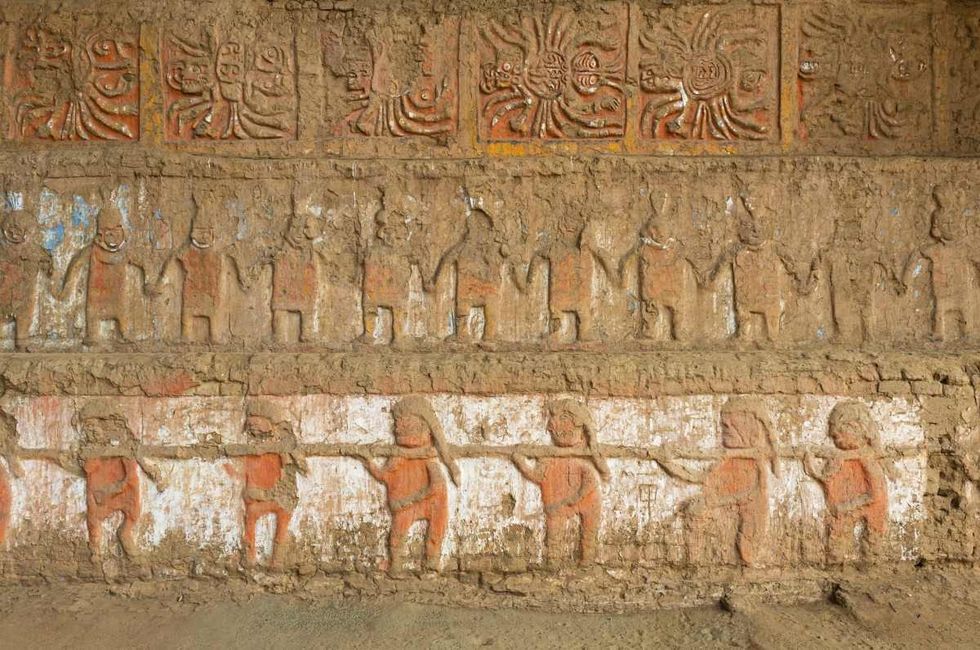
“Perched above the plaza, this hall offered a prominent position—almost like box seats at a theater or stadium—from which to observe the goings-on down below, while it also provided private spaces for its privileged occupants,” archaeologist Michele L. Koons of the Denver Museum of Nature & Science, explained as part of the press release.


















 Pictured: The newspaper ad announcing Taco Bell's purchase of the Liberty Bell.Photo credit: @lateralus1665
Pictured: The newspaper ad announcing Taco Bell's purchase of the Liberty Bell.Photo credit: @lateralus1665 One of the later announcements of the fake "Washing of the Lions" events.Photo credit: Wikimedia Commons
One of the later announcements of the fake "Washing of the Lions" events.Photo credit: Wikimedia Commons This prank went a little too far...Photo credit: Canva
This prank went a little too far...Photo credit: Canva The smoky prank that was confused for an actual volcanic eruption.Photo credit: Harold Wahlman
The smoky prank that was confused for an actual volcanic eruption.Photo credit: Harold Wahlman
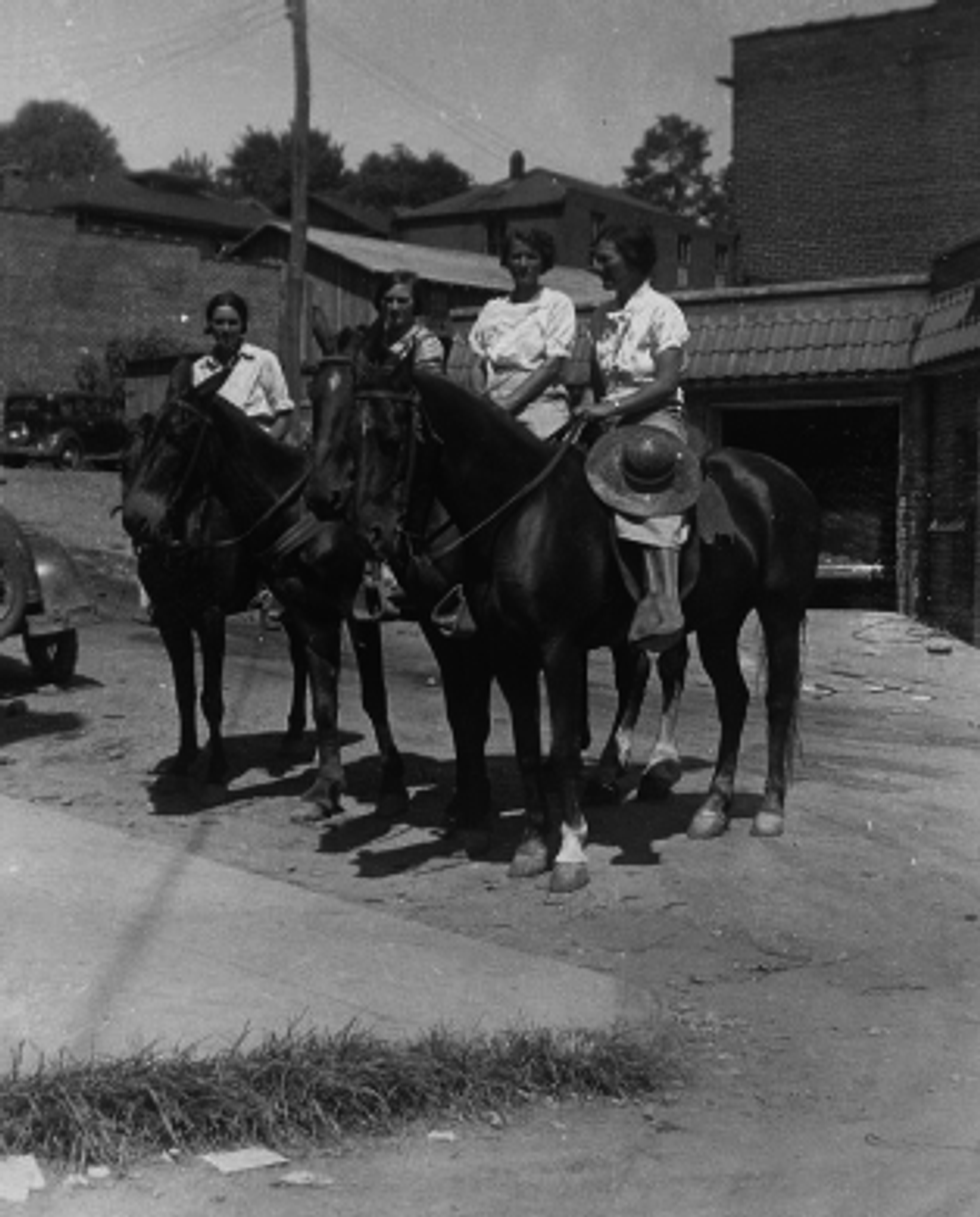 Packhorse librarians ready to start delivering books.
Packhorse librarians ready to start delivering books.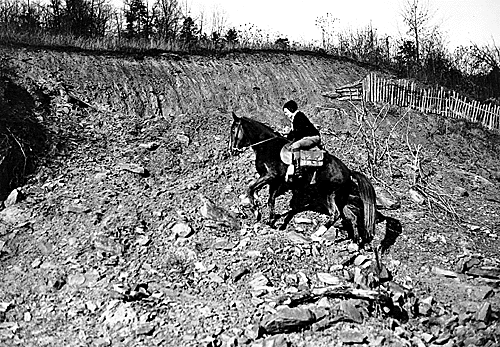 Pack Horse Library Project - Wikipedia
Pack Horse Library Project - Wikipedia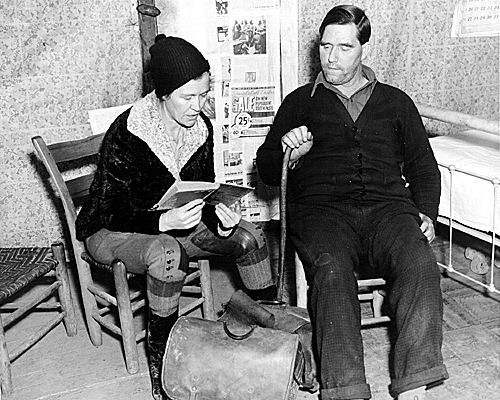 Packhorse librarian reading to a man.
Packhorse librarian reading to a man.
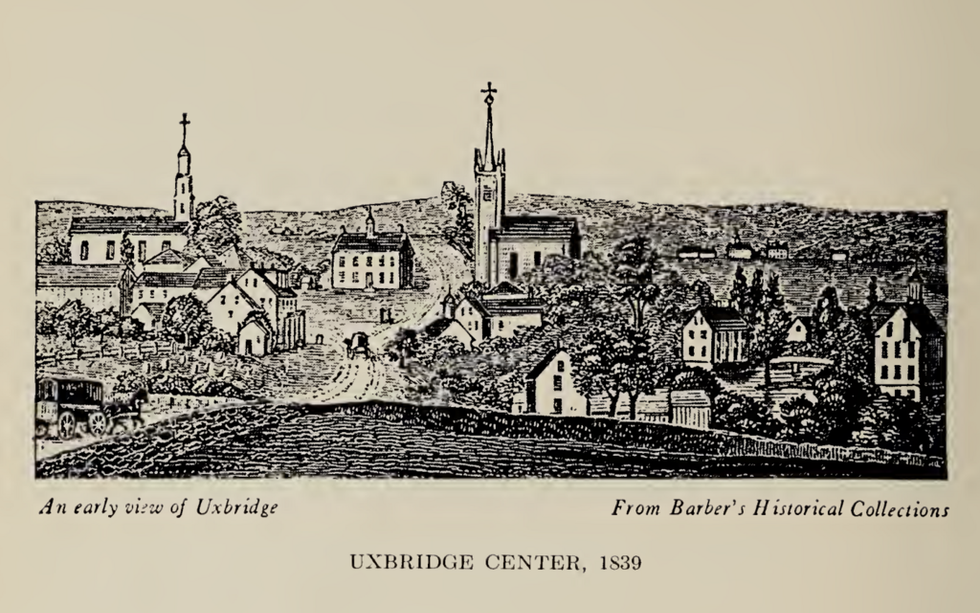 Fichier:Uxbridge Center, 1839.png — Wikipédia
Fichier:Uxbridge Center, 1839.png — Wikipédia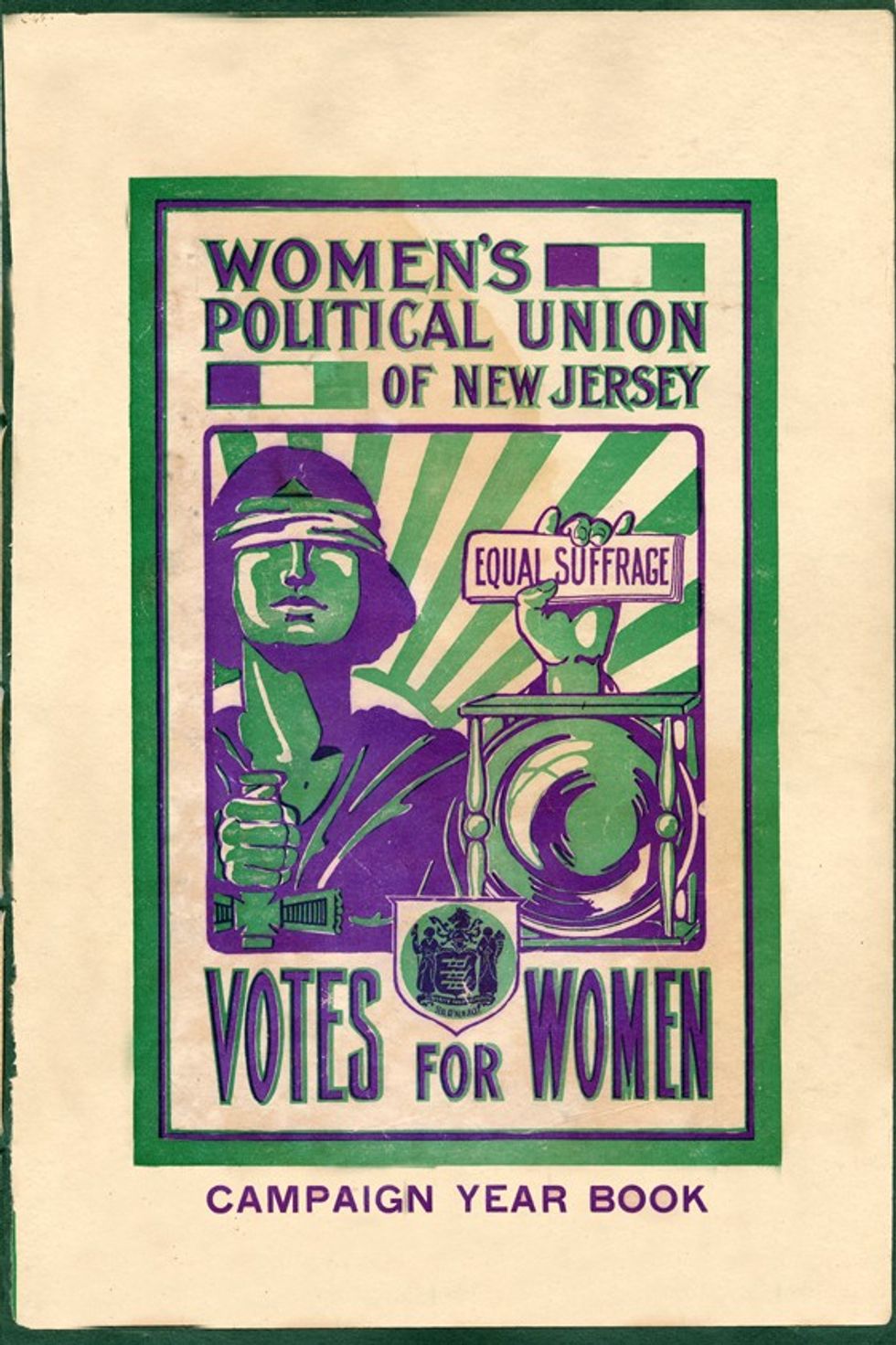 File:Women's Political Union of New Jersey.jpg - Wikimedia Commons
File:Women's Political Union of New Jersey.jpg - Wikimedia Commons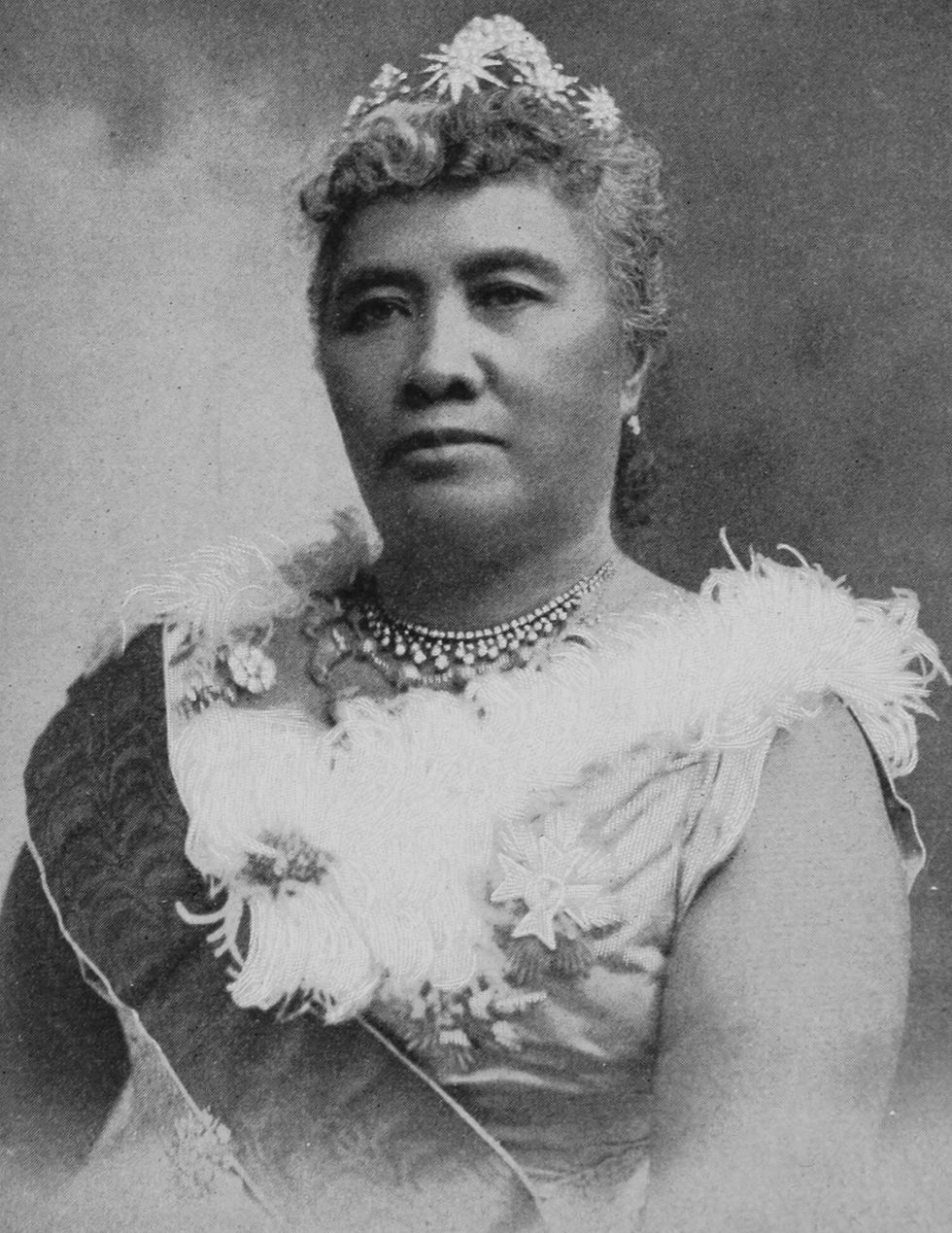 File:Liliuokalani, photograph by Prince, of Washington (cropped ...
File:Liliuokalani, photograph by Prince, of Washington (cropped ...
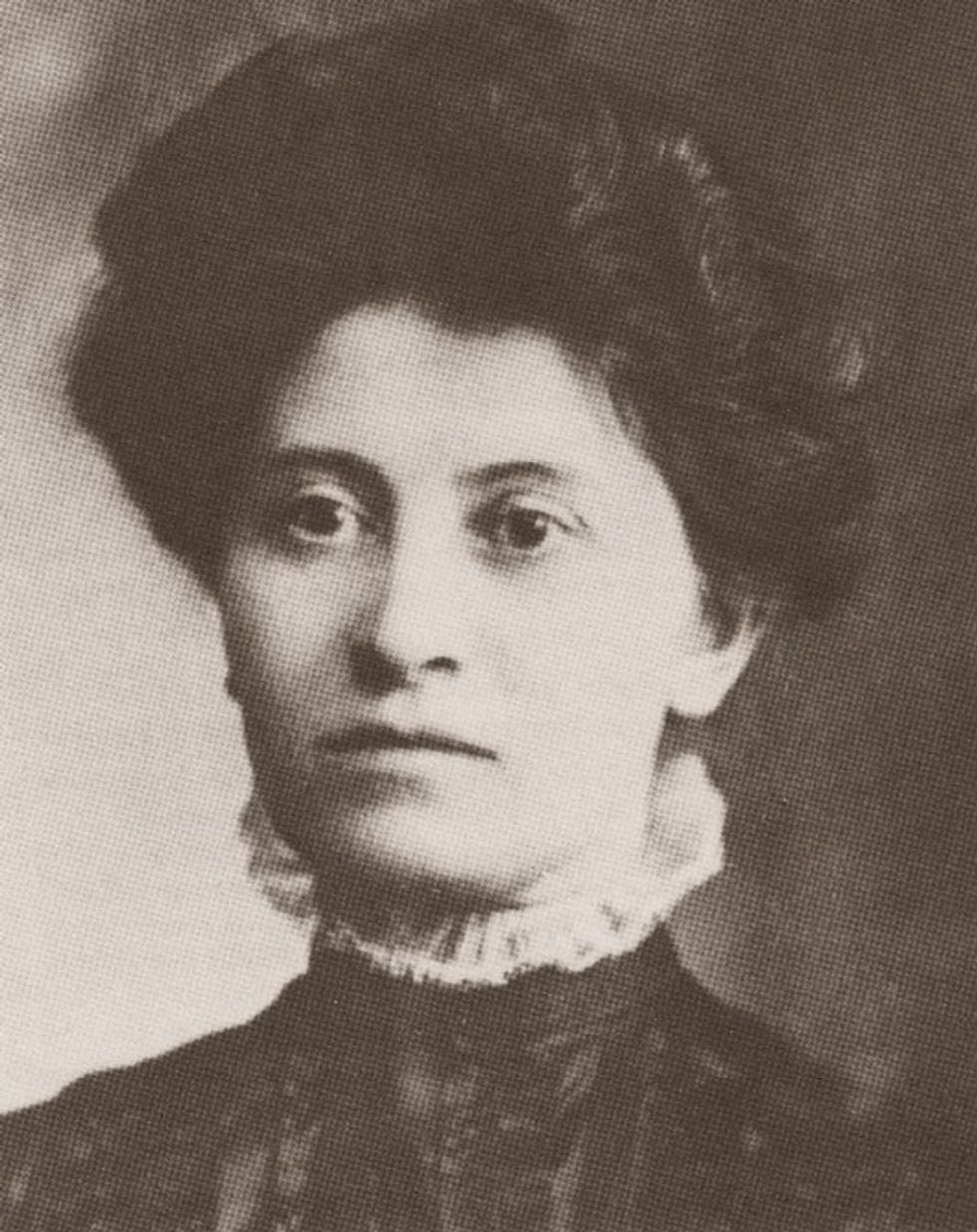 Theresa Malkiel
commons.wikimedia.org
Theresa Malkiel
commons.wikimedia.org
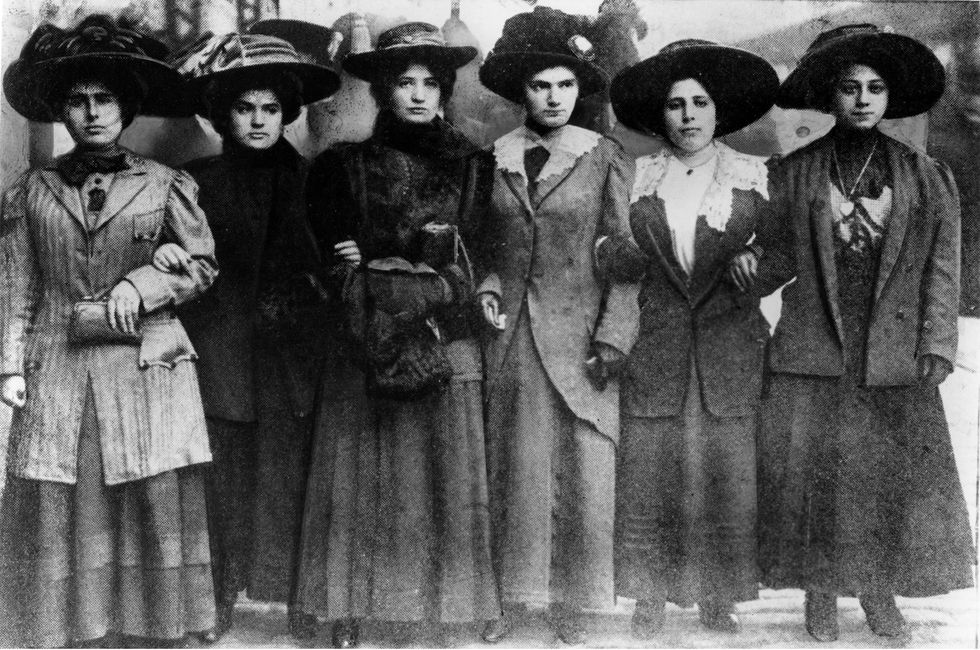 Six Shirtwaist Strike women in 1909
Six Shirtwaist Strike women in 1909
 U.S. First Lady Jackie Kennedy arriving in Palm Beach | Flickr
U.S. First Lady Jackie Kennedy arriving in Palm Beach | Flickr
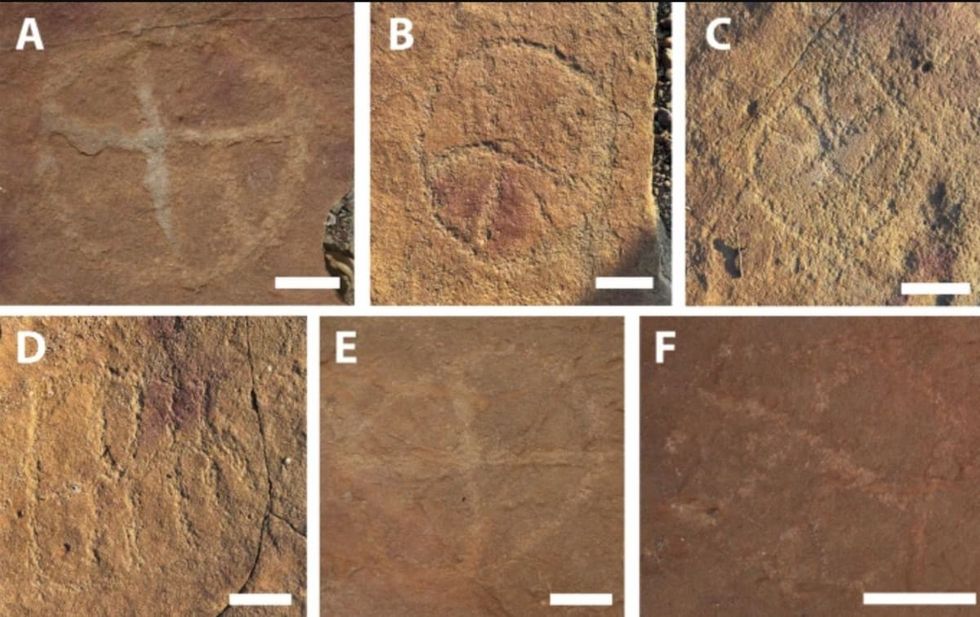 Image Source:
Image Source: 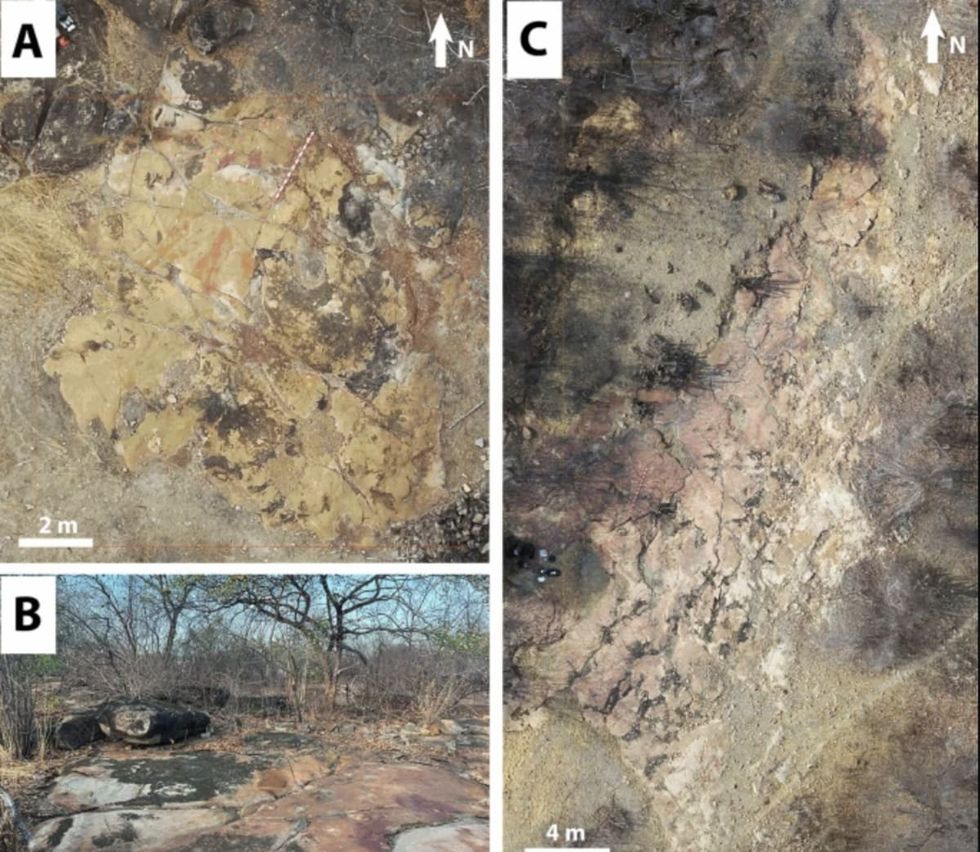 Image Source:
Image Source: 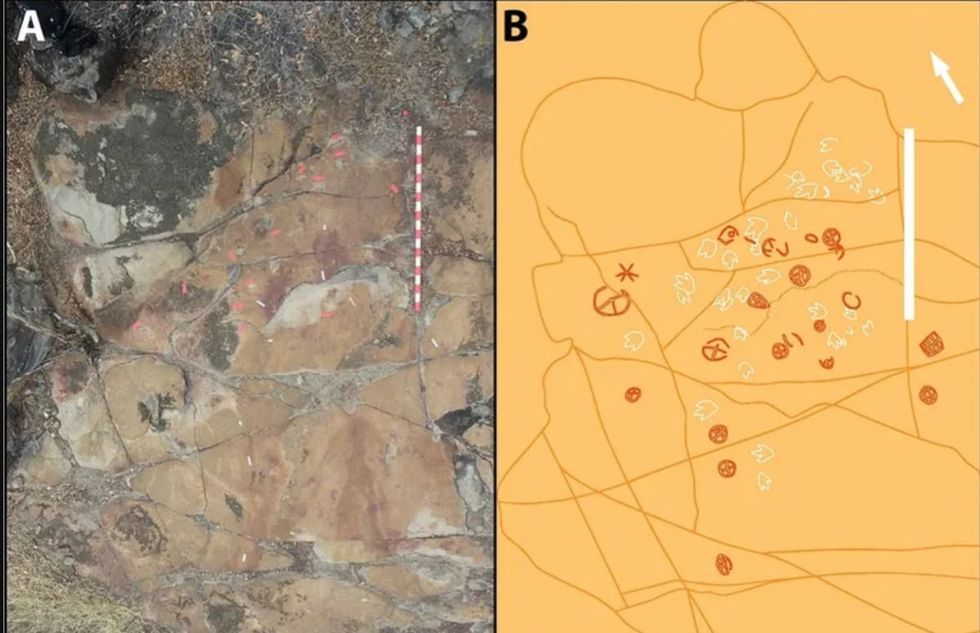 Image Source:
Image Source: 